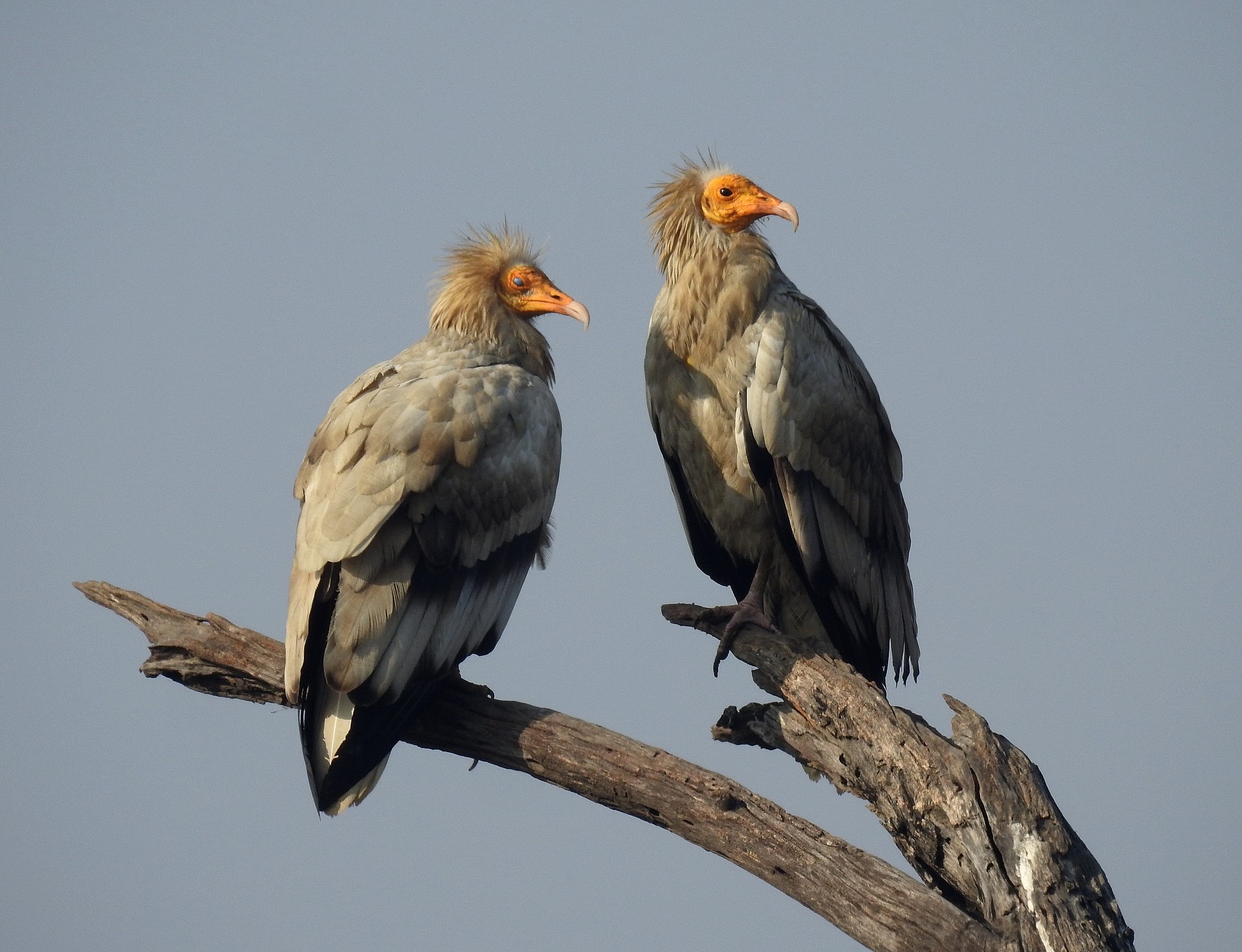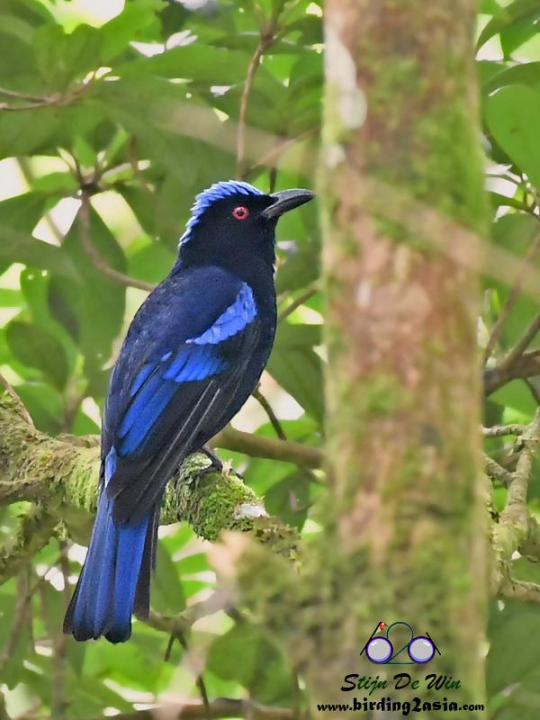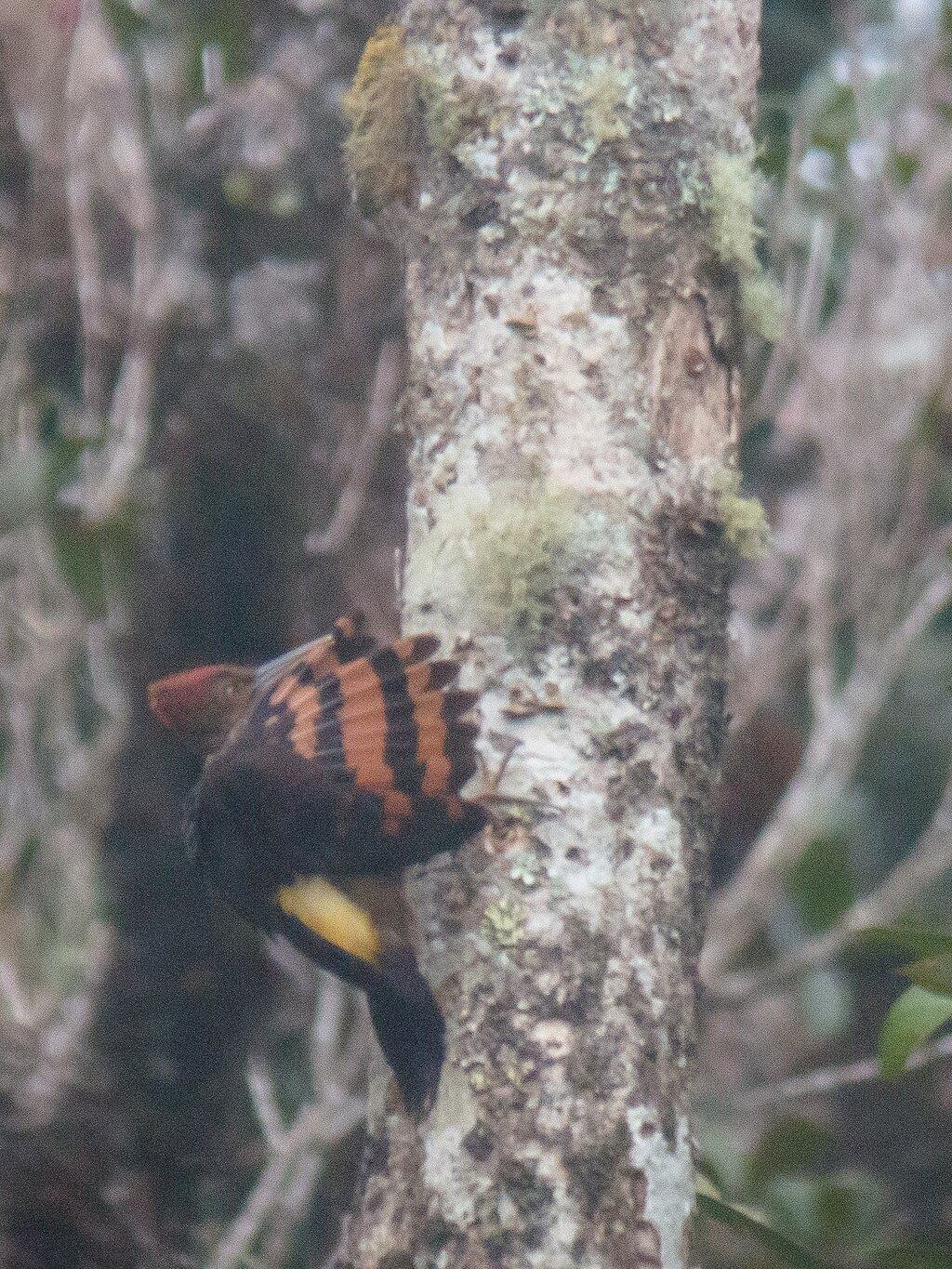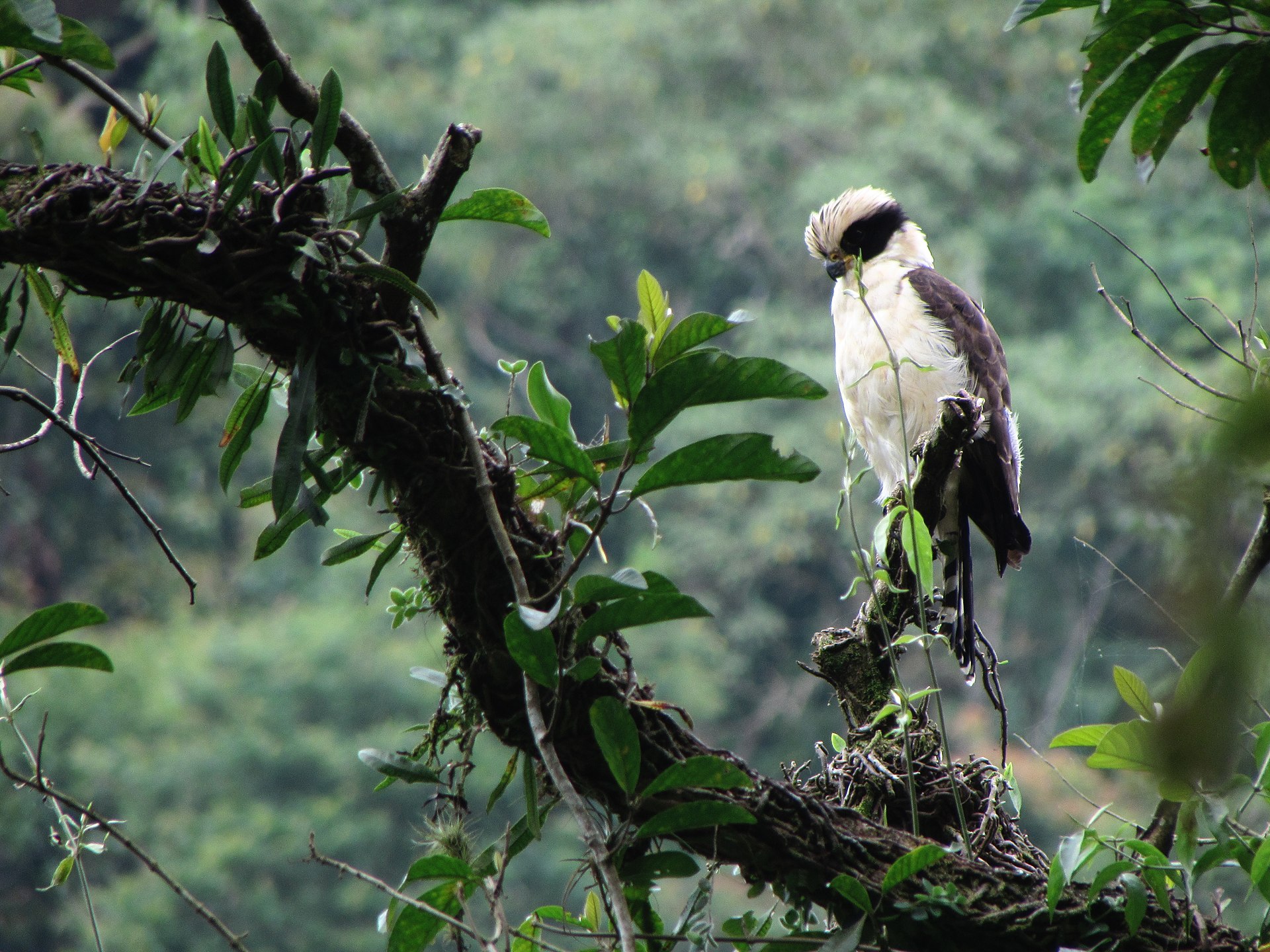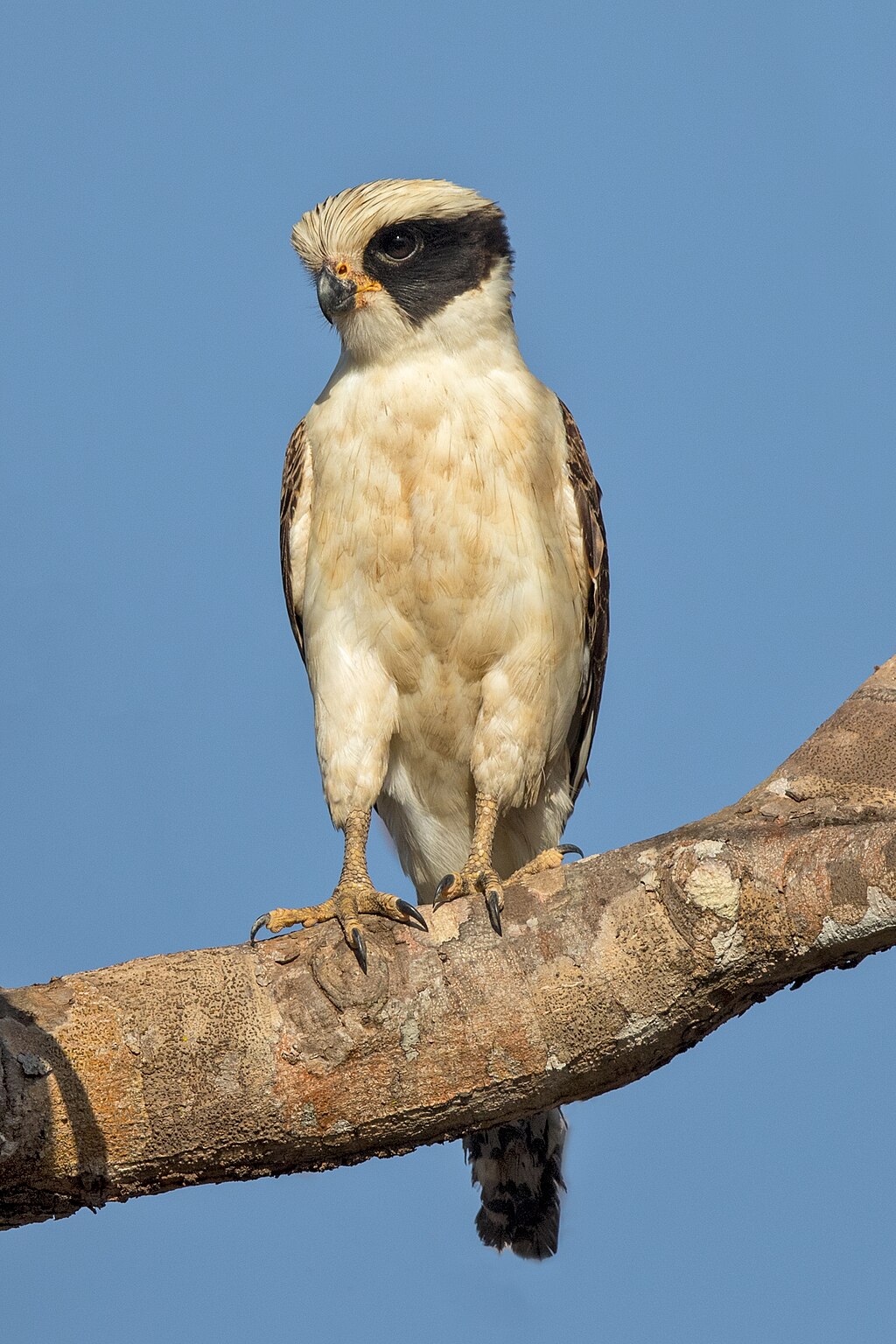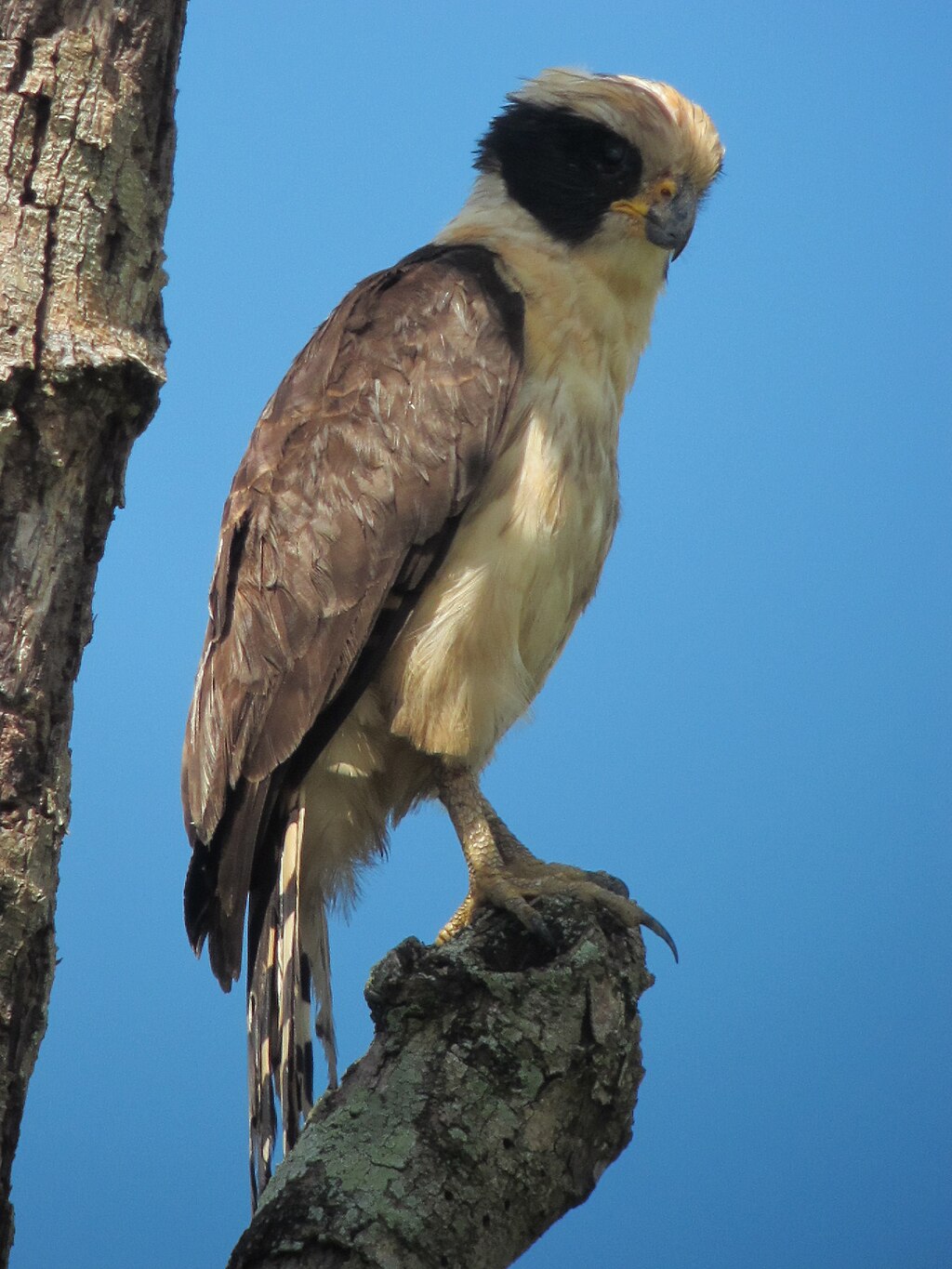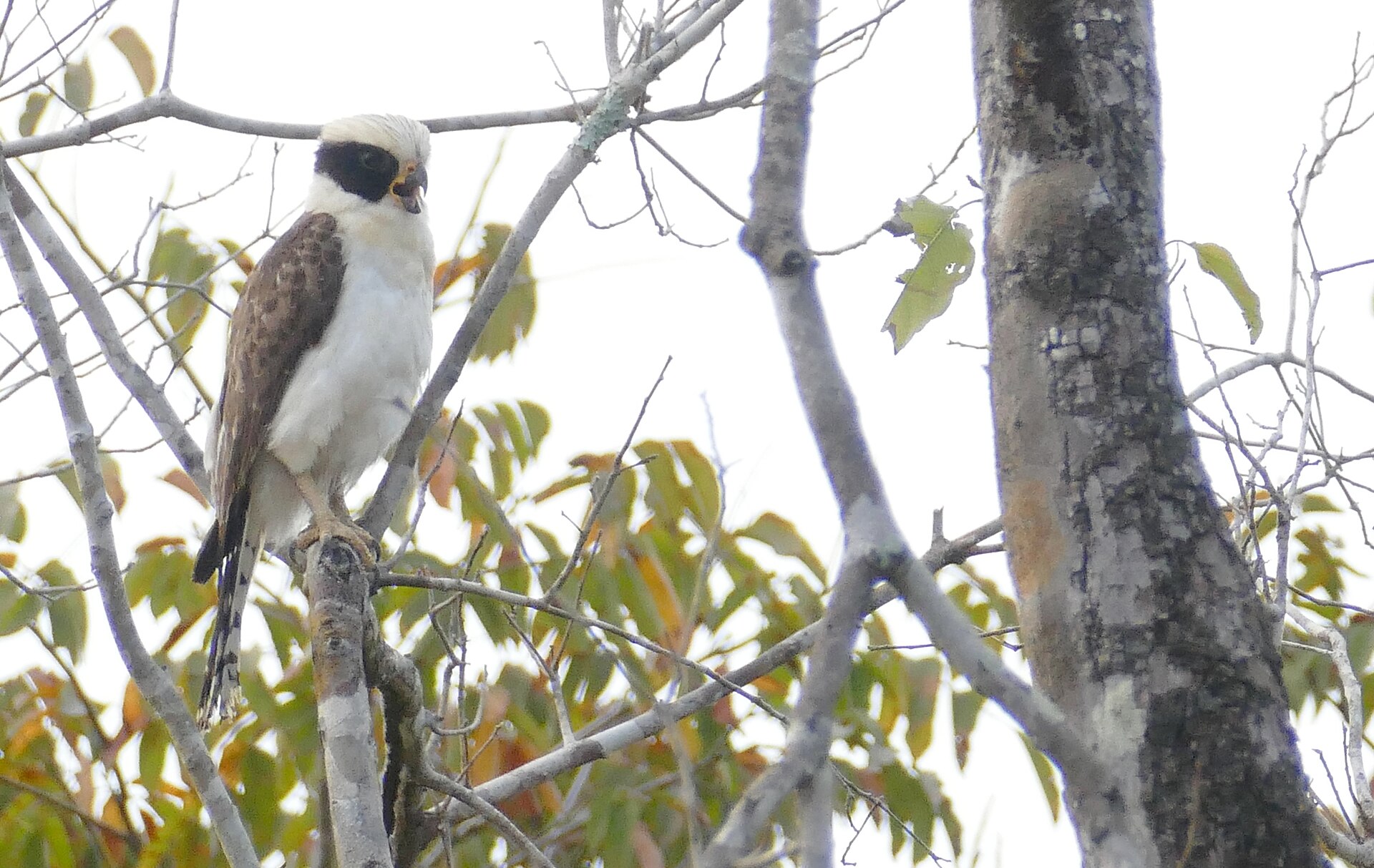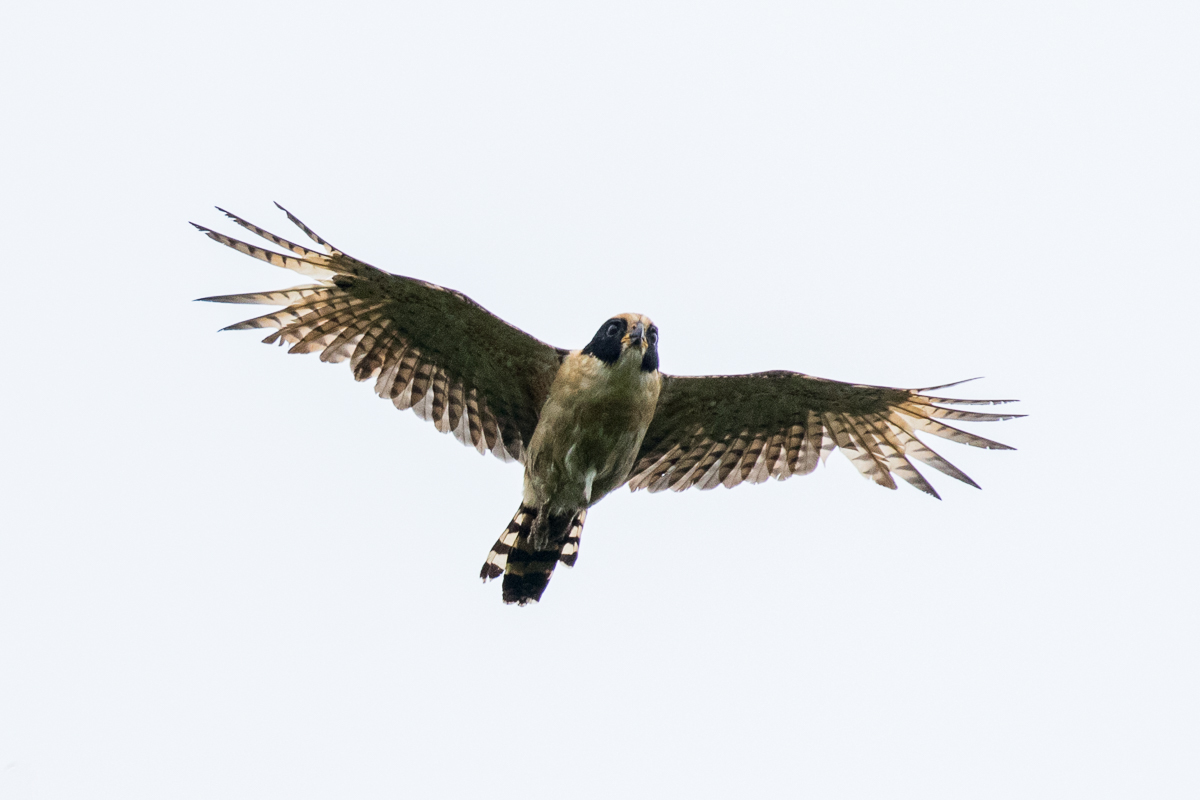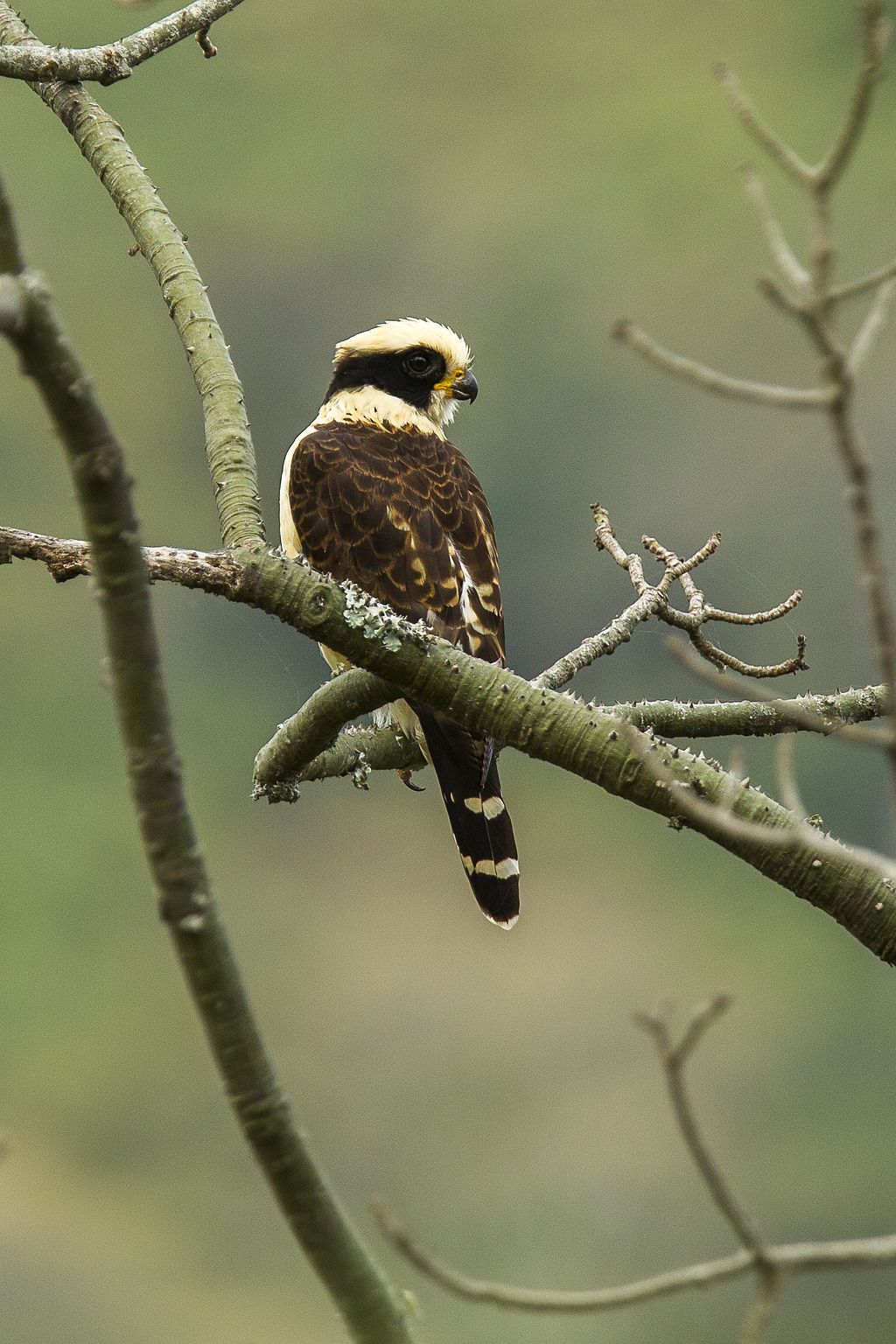
Common Loon by Amy Widenhofer, CC BY-SA 2.0
Etymology: Unidentified Sea Bird
First Described By: Coues, 1903
Classification: Dinosauromorpha, Dinosauriformes, Dracohors, Dinosauria, Saurischia, Eusaurischia, Theropoda, Neotheropoda, Averostra, Tetanurae, Orionides, Avetheropoda, Coelurosauria, Tyrannoraptora, Maniraptoromorpha, Maniraptoriformes, Maniraptora, Pennaraptora, Paraves, Eumaniraptora, Averaptora, Avialae, Euavialae, Avebrevicauda, Pygostaylia, Ornithothoraces, Euornithes, Ornithuromorpha, Ornithurae, Neornithes, Neognathae, Neoaves, Aequorlitornithes, Ardeae, Aequornithes, Gaviiformes, Gaviidae
Referred Species: G. egeriana, G. schultzi, G. brodkorbi, G. moldavica, G. paradoxa, G. concinna, G. fortis, G. palaeodytes, G. howardae, G. concinna, G. stellata (Red-Throated Loon), G. arctica (Black-Throated Loon), G. pacifica (Pacific Loon), G. immer (Common Loon), G. adamsii (Yellow-Billed Loon)
Status: Extinct – Extant, Near Threatened – Least Concern
Time and Place: Since 18 million years ago, from the Burdigalian of the Miocene of the Neogene until the Holocene of the Quaternary


Loons have lived throughout the Northern Hemisphere, originating on the Eastern Coast of North America and spreading from there through the Neogene until today

Physical Description: Loons are squat birds, with long bodies and tiny little legs, and very short tails. They also have long necks, with round heads and long pointed beaks. They also have small, beady red eyes. The different species of loon differ greatly on color, though there are some common themes. Their backs are darker, usually black, with white streaks; they often have white bellies that may have some black speckles. They have distinctive black and white striping on the neck – though the extent of the striping varies from species to species, with some Loons having stripes all along the neck, and others only in isolated patches, surrounded by black feathers. The heads are usually a dark color, black or grey, with some lightness more towards the top of the head. They have black feet and flippers attached to their weird lopsided legs. In a lot of ways, Loons are modern, toothless Hesperornithines in general appearance and lopsidedness. They range from 53 to 91 centimeters in length – with many sizes in between.

Red-Throated Loon by the Bureau of Land Management, in the Public Domain
Diet: Loons primarily feed on fish, though they will occasionally supplement their diet with other small aquatic animals.

Black-Throated Loon by Bengt Nyman, CC BY 2.0
Behavior: Loons are diving birds, spending most of their time going back and forth in the water searching for food. They will engage in pursuit dives, diving many meters under the water for sources of food, and chasing their fish very vigorously in order to catch them. In some of the better known species, food will be gathered up in ponds and inshore waters and brought back to the young; in the ocean, they’ll join mixed-species flocks in order to gather more fish from the water. Spawns of new fish and crustaceans will often attract groups of Loons to new feeding locations. They tend to swallow gastroliths to aid in crushing hard parts of food in the stomach of the Loons, though they may also aid in causing reguritation when needed Loons are excessively loud during the breeding season and much quieter when hunting; the males will make loud “arroarroarro” and other cackling calls when fighting over territory, which the females often match. The Common Loon especially makes a very distinctive breeding sound, going “ooo-aaaa-eeeeeeeee” and other rising vowel sounds. While nesting, they’ll also make rising, higher-pitched “week-week-week” calls, depending on the species. But, when not breeding, they are fairly silent birds all things considered.

Pacific Loon by Tim Bowman, in the Public Domain
Loons breed mainly in the warmer summertime months, which of course varies extensively based on habitat and location – some loons begin breeding as late as June, while others start as soon as March. It really depends on how quickly the spring begins to thaw to allow for appropriate nesting time. They make nests out of heaps of plant matter placed near the water, laying between one two three eggs into the nest (though usually it’s just two, no more no less). The incubation period lasts for about a month, and the chicks are usually balls of fluffy brownish-grey down. They take around another two months to fledge, depending somewhat on their parents for food during this time. They usually take about two years to reach sexual maturity, and can live for at least a couple of decades (if not longer). Both parents usually take care of the young and will work together to move the nest if needed due to rising water levels.

Common Loon by Mike’s Birds, CC BY-SA 2.0
Loons are fairly strong fliers, though they do have trouble taking off and many have to run along the water surface while flapping wings in order to take flight – only the Red-Throated Loon can take off from land. IN the air, they can fly for long periods of time in order to migrate. Loons have extensive migration ranges, going from warmer coastal waters in the summer to their breeding sites in more northern locations in the winter. They are also extremely strong swimmers. In general, they really aren’t good at walking – the downside of their funkily-placed little legs!
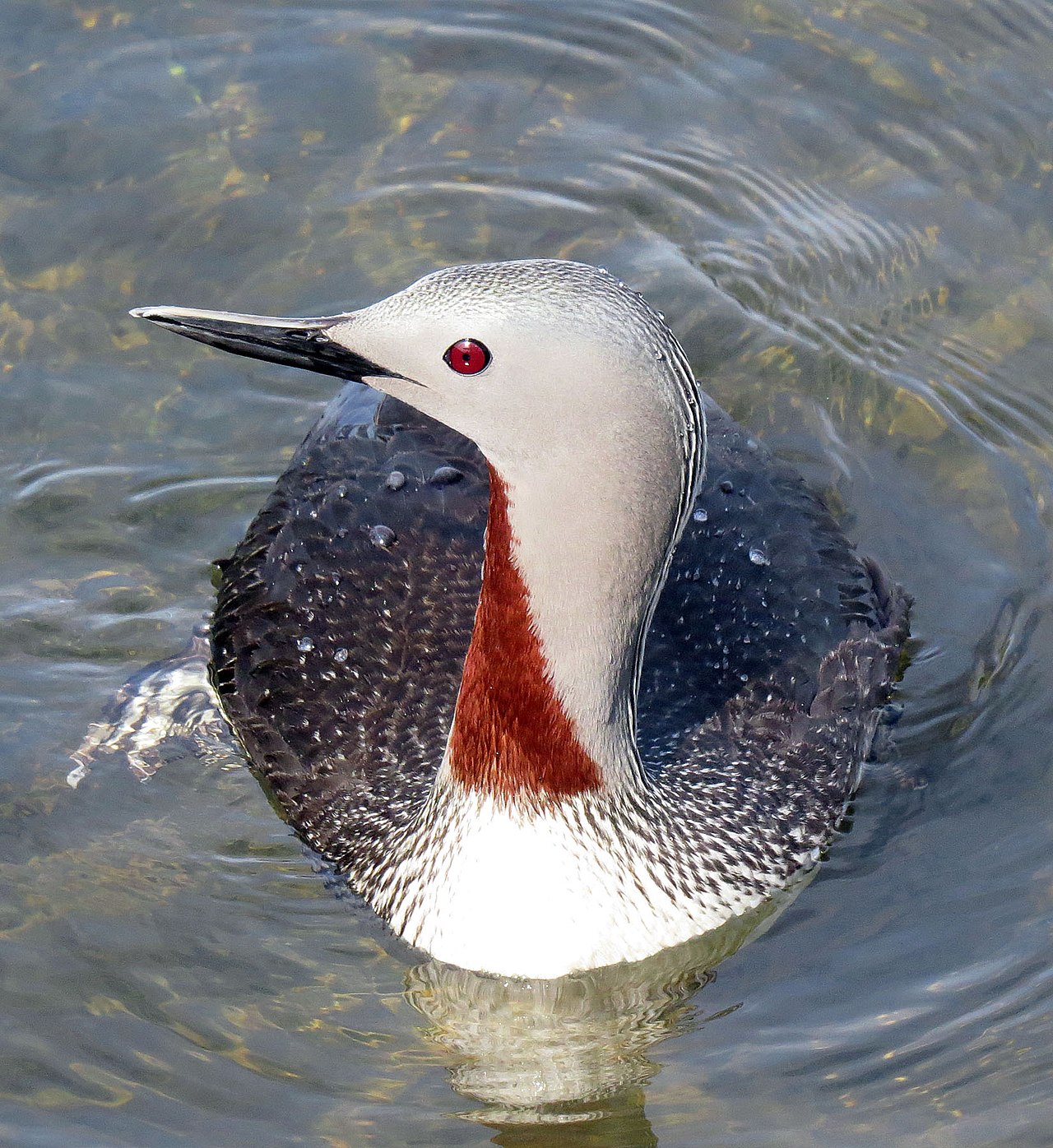
Red-Throated Loon by Don Faulkner, CC BY-SA 2.0
Ecosystem: Loons mainly live in aquatic habitats – in freshwater pools, ponds, and lakes in cold locations such as tundra and taiga habitat; they will also be found on the Arctic and northern Atlantic/Pacific coasts and in rivers and estuaries along those coasts. They especially prefer to stay along the coasts and in sheltered bays during the wintertime, when it is more dangerous to be out on the open waters. They try to stay to deeper freshwater lakes and ponds when in freshwater habitats, rather than more shallow aquatic locations.
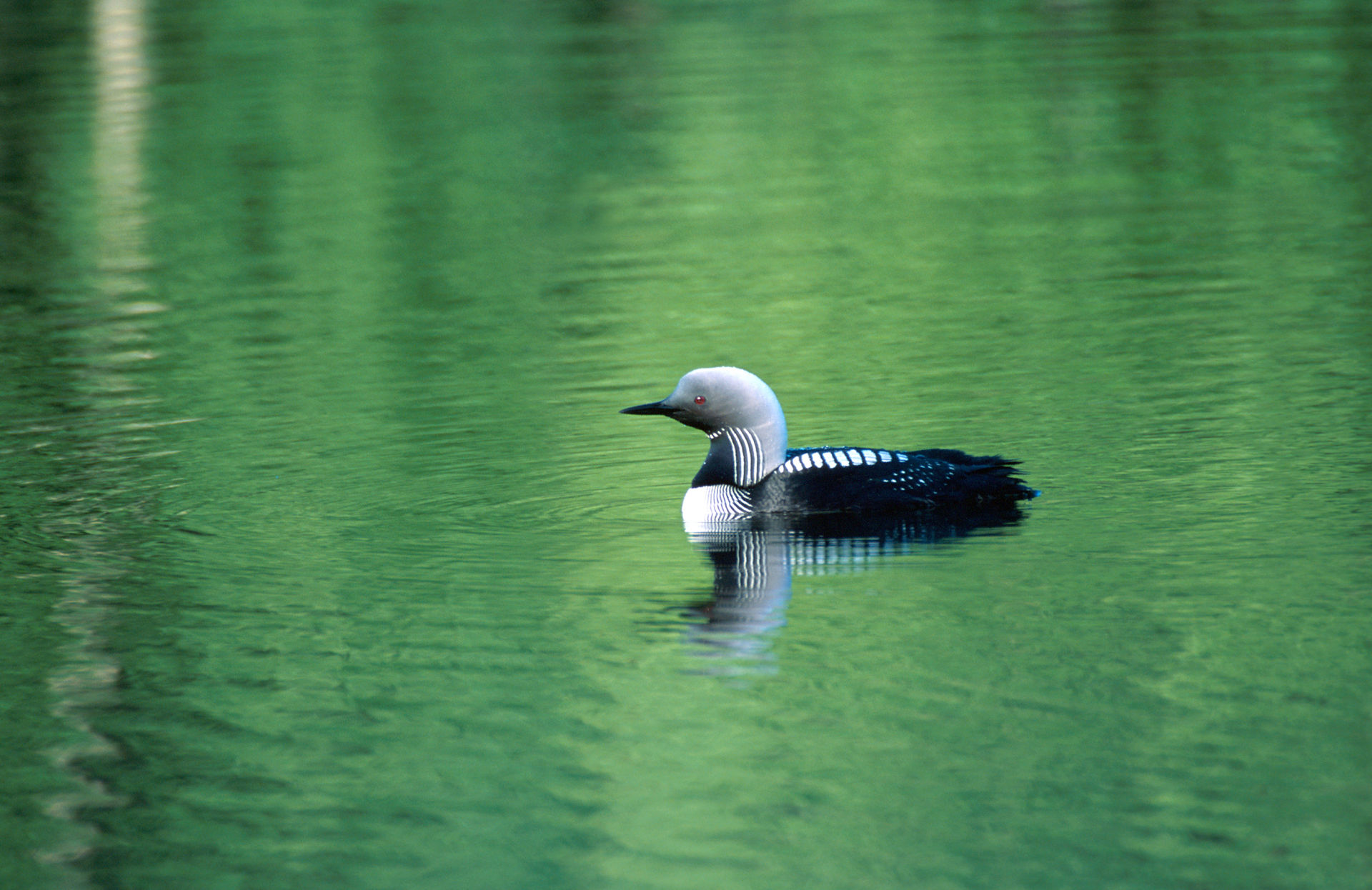
Pacific Loon by the NBII, in the Public Domain
Other: Loons are primarily doing fine, conservation wise; only one species is considered Near Threatened, the Yellow-Billed Loon. This species is suffering due to unsustainable fish harvesting, leading to dramatic population declines in recent years. They are also vulnerable to oil-spills and heavy-metal poisoning. These risks also apply to the other Loon species, they just aren’t as heavily hit by them.

Yellow-Billed Loon by Ryan Askren, in the Public Domain
Species Differences: The oldest definite members of Gavia are known from the early-middle Miocene of the Eastern United States. However, loons in general evolved possibly in the Late Cretaceous, at least by the start of the Cenozoic. There are potential members of Gavia as early as the Eocene. This indicates that Loons evolved fairly rapidly in direct response to vacant niches after the mass extinctions of the time. Other fossil species of Loon include G. egeriana from the Early Miocene of the United States and potentially Czechoslovakia; G. schultzi from the Middle Miocene of Austria; G. brodkorbi from the Late Miocene of the United States; G. moldavica from the Late Miocene of Moldova, G. paradoxa from the Late Miocene of the Ukraine, G. concinna from the Late Miocene and Early Pliocene of the United States, G. fortis from the Early Pliocene of the United States, G. palaeodytes from the Early Pliocene of the United States, G. howardae from the Early Pliocene of the United States, and G. concinna from the late Pliocene of San Diego. This showcases how Loons were much more widely distributed for much of their history, found in more southerly locations during the Neogene and up until the Ice Age.

Red-Throated Loon by Ómar Runólfsson, CC BY 2.0
Today, there are five living Loons, with distinctly different appearances and slightly different ranges. Red-Throated Loons spend their summers in the Arctic Ocean area – so along the northern parts of Russia, Canada, and around Greenland, Alaska, and Scandinavia. They will spend their winters along the coasts of both the Atlantic and Pacific oceans. They are some of the smallest loons, and also the most lightly colored – they have brown plumage and red patches on the front of their necks, and their heads and necks are primarily grey.

Black-Throated Loon by Robert Bergman, in the Public Domain
Black-Throated Loons have similar ranges to the Red-Throated Loons, but only in Eurasia – they are rarely found in North America, only some parts of Alaska. They are also somewhat smaller, but they are black in color over most of their body with distinctive white patches. The tops of their necks and heads are grey, while they have black patches on their throats and black and white striping across their necks.

Pacific Loon by Alan Vernon, CC BY 2.0
The Pacific Loon is found more in North America than in Eurasia, occasionally reaching Northeastern Russia and wintering in Japan and Korea. They also winter along the pacific coast of North America. They are the smallest of all Loons, and look very similar to Black-Throated Loons except for their size and having nrounded heads and thinner bills.
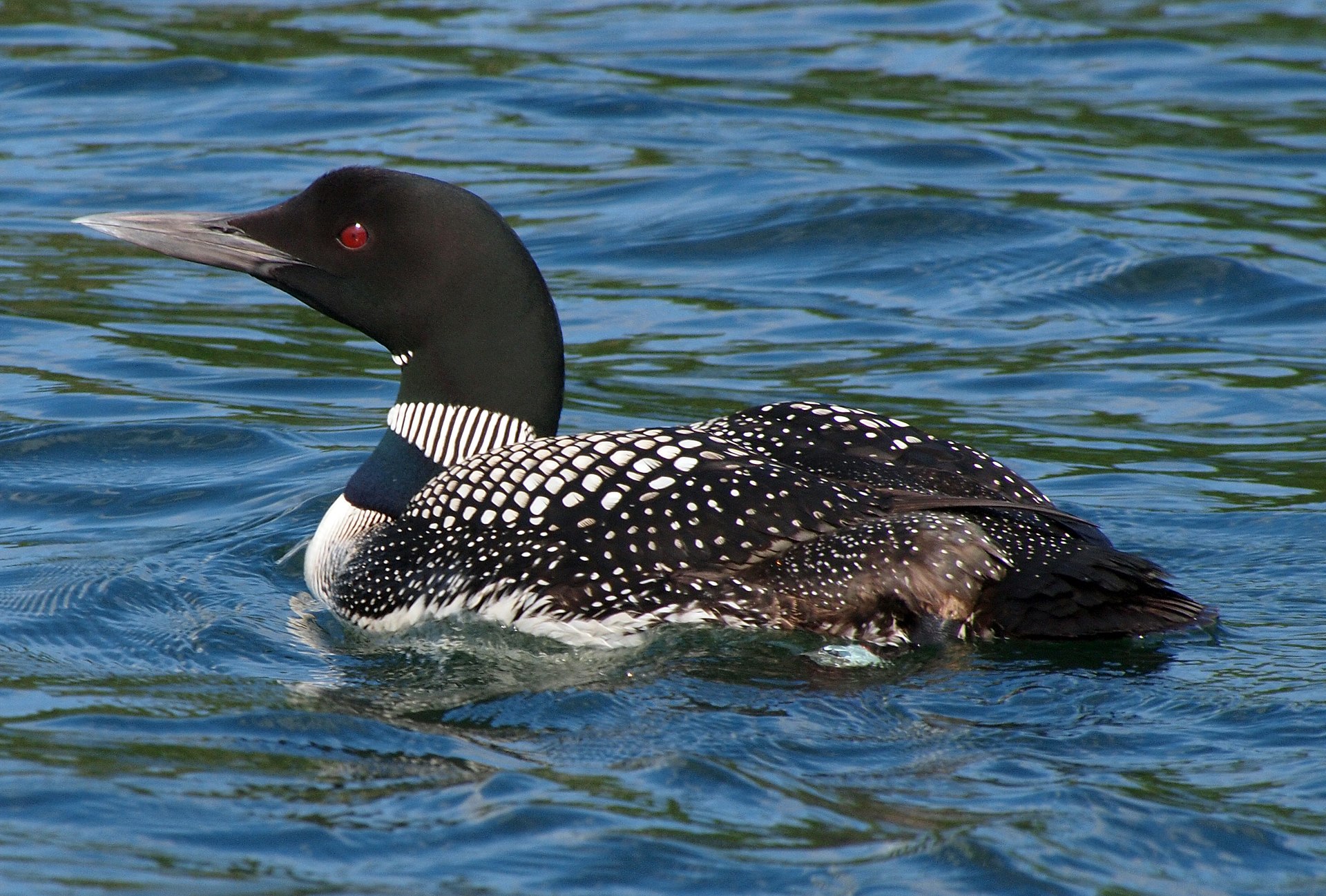
Common Loon by John Picken, CC BY 2.0
Common Loons live throughout the Northernmost part of North America, even extending somewhat into the Continental US; they also will winter along the coasts of North America. They can be found in Greenland and Western Europe, as well as Scandinavia, during the winter; they also congregate in Iceland during the winter. They are larger loons, and don’t have as much striping on their necks; their backs are also in a funky black and white checkerboard pattern.

Yellow-Billed Loon by Norbert Potensky, CC BY-SA 3.0
Finally, the Yellow-Billed Loon – unlike all other loons – have yellow bilsl, instead of grey ones. They have a similar range to the Red-Throated Loon, though somewhat more limited. They also grow extensively large, and have somewhat larger stripe patches on their necks than Common Loons – though not as much as other Loon species.
~ By Meig Dickson
Sources Under the Cut
Continue reading “Gavia” →
















 By Carlos Delgado, CC BY-SA 3.0
By Carlos Delgado, CC BY-SA 3.0


